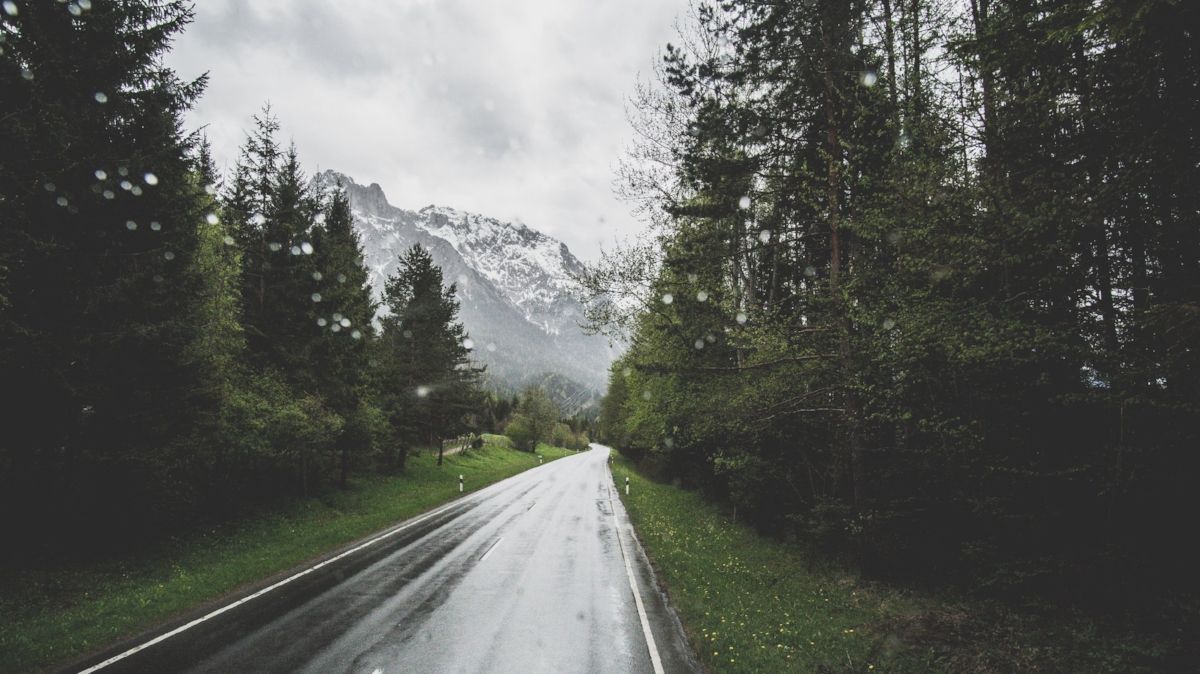
Climate and Dry Skin Potential: What You Need to Know
The water vapor content of outdoor air is the key driver causing seasonal changes in the humidity levels in your residence and hence the magnitude of drying stresses on skin. In fact, because climatic patterns differ across the US (e.g., arid Southwest to temperate Midwest), skin-care practices will also vary. The adjacent chart shows the annual average water vapor levels (also known as absolute humidity) in selected cities located in climates ranging from dry to humid. Miami stands out with its elevated water vapor level, which means of course that if you live there your skin’s higher hydration will reduce the potential for dry skin formation. In contrast, living in the Denver metro area with its low water vapor levels would mean that a much greater effort is needed to maintain skin hydration.

The annual average water vapor levels for selected US cities reflect a wide range of climatic conditions that impact your skin care.
Dry Skin Meteorology
Perhaps even more interesting than differences in the annual averages in water vapor levels are the weather events that can increase drying stresses on skin. As an illustration, the annual average absolute humidities for Los Angeles and Atlanta are comparable, but the seasonal trends in water vapor levels are quite different. The adjacent chart for Atlanta shows distinct seasonal trends in hourly water vapor concentrations that are punctuated with multiple drying pulses (and wet periods too), particularly in the Fall months. On the other hand, the seasonal changes for Los Angeles are not as distinct, yet there are pronounced drying trends that occur intermittently that drive down the water vapor levels. You can also compare the Google Trends search results for “Dry Skin” for these cities during 2016 with the water vapor levels.

The seasonal variations in the absolute humidities for Atlanta reveal distinct meteorologic events that produce drier outdoor atmospheres and hence drier indoor air as well. Based on hourly temperature and humidity data from US NOAA.

The average annual water vapor level for Los Angeles is similar to Atlanta’s, but the seasonal changes in water vapor exhibit a totally different pattern. Distinct drying trends occur periodically that may increase the need for skin care practices for averting dry, flaky skin.

The combination of high elevation and the rain shadow effect of the Rocky Mountains combine to produce one of the driest cities in the US. Residents here who are prone to dry skin may have to use both room humidifiers as well as skin moisturizers in order to increase skin hydration and minimize dry skin formation.
If you’ve ever wondered why you experience drier skin during different times of the year, these charts indicate that meteorologic events (e.g., high pressure area with cold, dry air) can contribute to drier indoor air that in turn can increase the potential for dry skin formation. The magnitude of the associated drying stresses and your skin’s hydration level also depend on the properties of your residence (e.g., building materials, water vapor sources, etc.) and biochemical response(s) of your skin to dry air (which change with age).
Dermidia Select Web App
You can use the Dermidia Select web app to estimate the Dry Skin Index for your residence. It also provides recommendations regarding moisturizing lotions!
Wrap Up
- Each climatic region of the US displays unique characteristics that will influence your skin care practices aimed at preventing the formation of dry, flaky skin. For example, a resident of Denver dealing with dry skin would want to use both moisturizers and a room humidifier because of the low levels of water vapor in air.
- Periodic incursions of dry air into the urban atmosphere where you live will alter indoor humidities and hence drying stresses on your skin.
